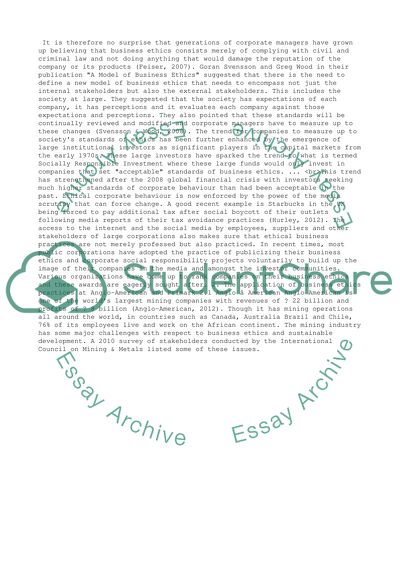Cite this document
(“Business Ethics and Corporate Social Responsibility Essay - 1”, n.d.)
Retrieved from https://studentshare.org/business/1465783-business-ethics-and-corporate-social
Retrieved from https://studentshare.org/business/1465783-business-ethics-and-corporate-social
(Business Ethics and Corporate Social Responsibility Essay - 1)
https://studentshare.org/business/1465783-business-ethics-and-corporate-social.
https://studentshare.org/business/1465783-business-ethics-and-corporate-social.
“Business Ethics and Corporate Social Responsibility Essay - 1”, n.d. https://studentshare.org/business/1465783-business-ethics-and-corporate-social.


